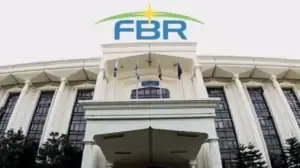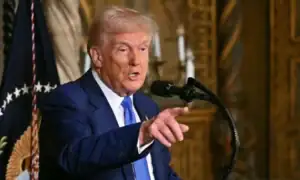In an increasingly interconnected world, the concept of global currency plays a pivotal role in driving economic growth and stability. As nations exchange goods, services, and capital across borders, mechanisms ensure smooth transactions and influence everything from inflation rates to investment flows.
Origins of Modern Global Currency Systems
The framework for contemporary global currency emerged from a historic gathering in 1944, where representatives from allied nations sought to prevent the economic turmoil that plagued the early 20th century. Focused on fostering stability after widespread conflict and depression, they established institutions to oversee international monetary cooperation. Central to this was a structured exchange system that blended fixed values with reserve assets, positioning one dominant currency as the cornerstone for worldwide trade.
This setup pegged international values to a stable asset, allowing central banks to convert holdings at predetermined rates. At its inception, it centralized power with the nation holding the largest reserves, while rebuilding economies on the periphery leveraged export growth to fuel recovery. This global currency foundation enabled emerging markets to thrive by maintaining competitive exchange rates, boosting demand for their products in affluent regions.
How Global Currency Facilitates Trade
Operates through a complex interplay of supply, demand, and intervention. In balanced systems, trade imbalances—such as deficits where imports outpace exports—should self-correct via market forces. Stronger demand for a nation’s goods typically strengthens its currency, making exports costlier and imports cheaper over time. However, rigid frameworks often require active management by central banks to stabilize rates and prevent volatility.
For instance, surplus-holding countries might accumulate reserves in the dominant global currency to keep their own undervalued, sustaining export advantages. This cycle perpetuates trade flows but hinges on mutual cooperation. When confidence wanes—due to perceived devaluations or shifting economic priorities—the system faces strain, leading to interventions or reforms. In practice, global currency trade involves vast foreign exchange markets where trillions change hands daily, dominated by private entities rather than governments.
Challenges and Transitions in Global Currency
By the early 1970s, pressures on the original global currency structure culminated in its overhaul. Abandoning fixed ties to tangible assets, major economies shifted to floating rates responsive to real-time market dynamics. This devaluation wave empowered flexible adjustments but introduced new risks, like currency wars or speculative bubbles. Despite this, elements of controlled systems persisted, particularly in Asia, where policymakers prioritized weak currencies to support export-led growth.
Fast-forward to the late 20th century, and a resurgence of similar dynamics unfolded. Rapidly industrializing nations echoed post-war strategies, amassing reserves in the prevailing global currency to fuel development. This informal revival maintained undervalued exchanges, driving massive trade surpluses and deficits. Today, in 2025, these patterns continue amid digital disruptions and geopolitical shifts, with reserve holdings exceeding trillions and influencing everything from bond markets to diplomatic relations.
The Future of Global Currency in a Changing World
As emerging economies mature into economic powerhouses, the landscape evolves cyclically. What once benefited rebuilding nations now supports new players, underscoring the human element in these systems—participants sustain them as long as benefits outweigh costs. Abrupt changes could spark market turbulence, yet gradual adaptations offer pathways to resilience.
In essence, global currency remains the backbone of international commerce, adapting to technological advances and policy innovations. For investors, businesses, and policymakers, grasping its mechanics is key to navigating uncertainties and capitalizing on opportunities in an ever-globalizing economy.









